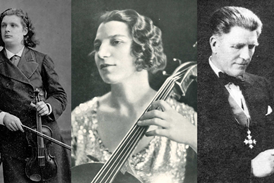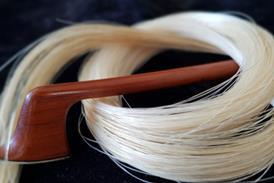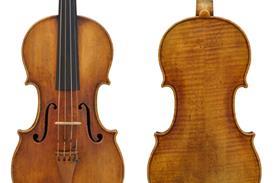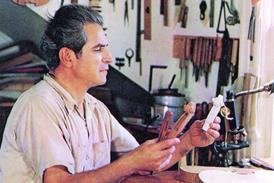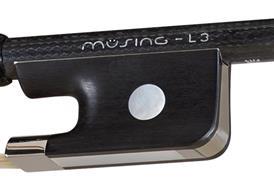- News
- For Subscribers
- Student Hub
- Playing Hub
- Directory
- Lutherie
- Magazine
- Magazine archive
- Whether you're a player, maker, teacher or enthusiast, you'll find ideas and inspiration from leading artists, teachers and luthiers in our archive which features every issue published since January 2010 - available exclusively to subscribers. View the archive.
- Jobs
- Shop
- Podcast
- Contact us
- Subscribe
- School Subscription
- Competitions
- Reviews
- Debate
- Artists
- Accessories
Trade Secrets: Using Baker-style mechanics on a double bass

How to fit these brass pegs, gears and tuners, as used by English bass makers in times gone by
Discover more lutherie articles here
Read more premium content for subscribers here
By Stefan Krattenmacher
Double bass maker based in Ettenheim, Germany
Shortly after arriving in London, I started using copies of the old ‘Baker-style’ tuners for my basses. For me, it was inspiring to see how the English craftsmen of the 18th and 19th centuries were masters at working with brass.
Since my pegbox narrows quite a bit towards the scroll, the first three brackets with the worm gear are the same size, whereas the last one, for the A string, has a smaller worm gear. I start the fitting with the G-string tuner, because the G string has the smallest diameter of the four strings and it can run at a steeper angle from the upper saddle into the tuner’s string hole, more easily than the thicker E string…
Already subscribed? Please sign in
Subscribe to continue reading…
We’re delighted that you are enjoying our website. For a limited period, you can try an online subscription to The Strad completely free of charge.
* Issues and supplements are available as both print and digital editions. Online subscribers will only receive access to the digital versions.






